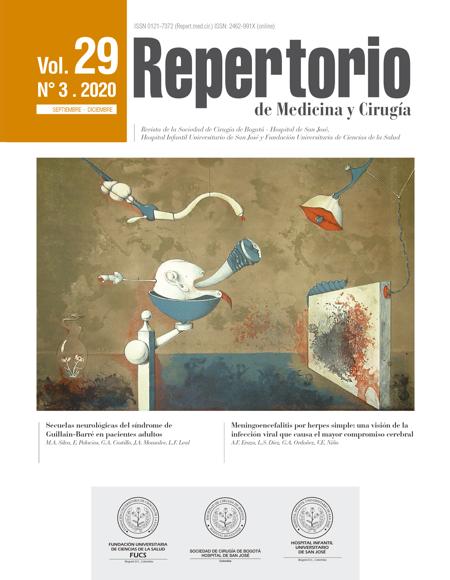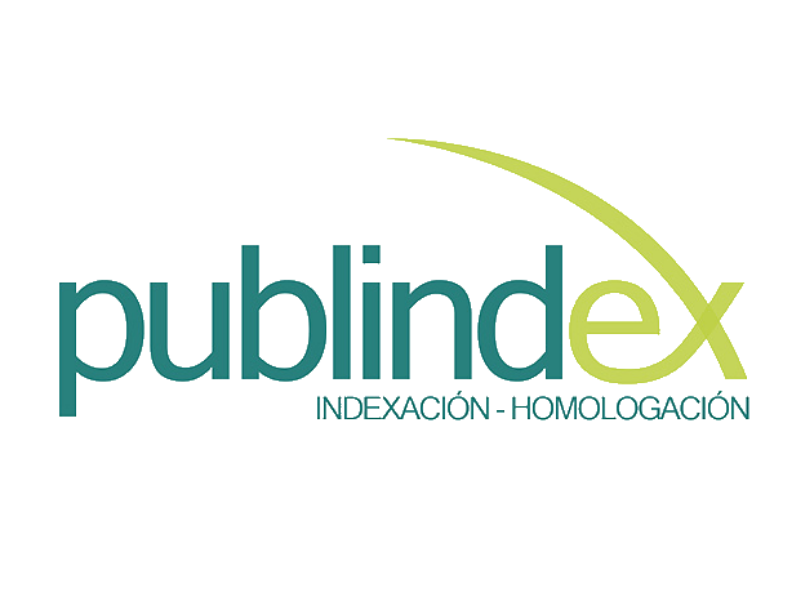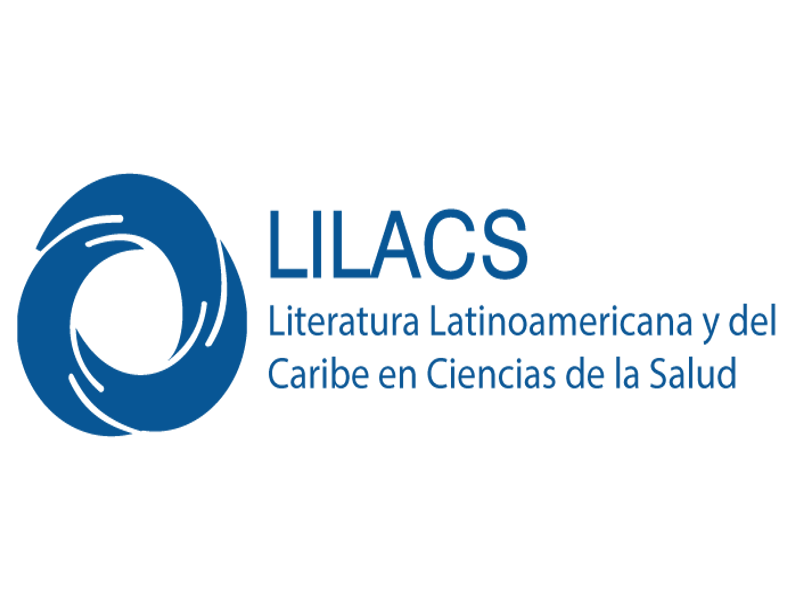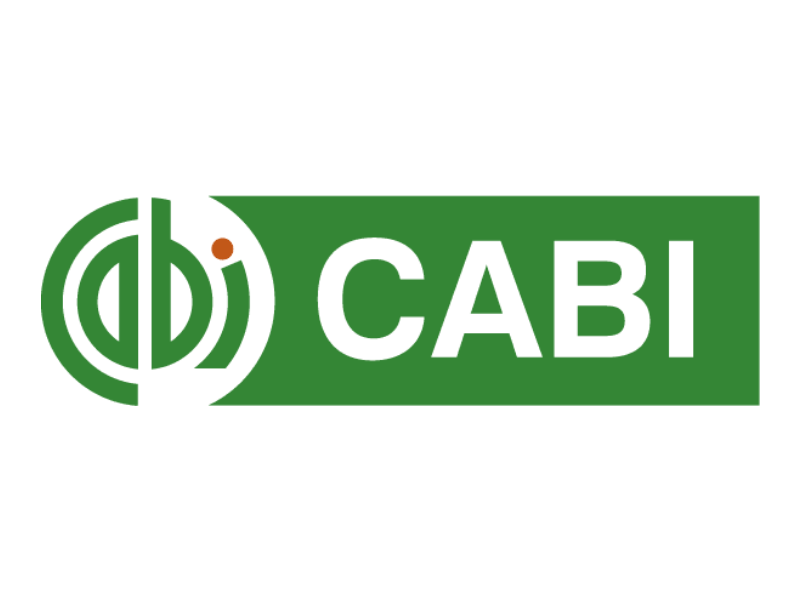Neurologic sequelae of Guillain-Barré syndrome in adults
Secuelas neurológicas del síndrome de Guillain-Barré en pacientes adultos
![]()
![]()

Show authors biography
Introduction: Guillain-Barré syndrome (GBS) is an acute immune-mediated demyelinating polyneuropathy. The main symptom encountered is muscle weakness. This study seeks to describe the characteristics of an acute episode, the long- term neurologic sequelae and how they affect patients´ work and leisure activities. Materials and Methods: a two-phase study comprising a retrospective case description in the first phase followed by a cross sectional study during the second phase in which patients were asked to describe their neurologic sequelae and how they affected them Results: we identified 63 cases of GBS, mean age was 50.79 years (SD 17.8), there was a male preponderance (61.9%) with a 3.2 (SD ± 10.1) average score on the Hughes scale during the acute episode. Major complications during the acute phase were pneumonia (7.94 %) and pressure sores (3.17 %). Phone contact was achieved with 28 patients, 82.1% presented at least one sequelae 60.7% paresthesia, 57.1% fatigue, 50% cramps and 46.4% neuropathic pain. In 32.1% of cases patients´ work was adjusted or they were removed from work because of their sequelae; 21.43% had to modify their free-time activities. Conclusion: there is a high prevalence of disabling residual symptoms after a GBS acute episode predominantly sensory signs, which coincide with the results of studies conducted in developed countries. Said alterations negatively impact patients´ work and leisure activities.
Article visits 16448 | PDF visits 16534
Downloads
- Palacios E. Síndrome de Guillain-Barre estudio clínico de 339 pacientes. Acta Médica Colombiana. 1982;7(2):69 - 79.
- Dimachkie MM, Saperstein DS. Acquired immune demyelinating neuropathies. Continuum. 2014;20(5 Peripheral Nervous System Disorders):1241-60. DOI: https://doi.org/10.1212/01.CON.0000455883.91426.12
- Dimachkie MM, Barohn RJ. Guillain-Barre syndrome and variants. Neurologic clinics. 2013;31(2):491-510. DOI: https://doi.org/10.1016/j.ncl.2013.01.005
- Vucic S, Kiernan MC, Cornblath DR. Guillain-Barre syndrome: an update. Journal of clinical neuroscience : official journal of the Neurosurgical Society of Australasia. 2009;16(6):733-41. DOI: https://doi.org/10.1016/j.jocn.2008.08.033
- Isaza S. PA, Uribe C. Descripción de los casos de síndrome de Guillain Barré en el Hospital San Vicente de Paúl entre los años 2001 y 2005. Acta Neurol Colomb. 2009;25:123-9.
- Bernsen RA, de Jager AE, van der Meche FG, Suurmeijer TP. How Guillain-Barre patients experience their functioning after 1 year. Acta Neurol. Scand. 2005;112(1):51-6. DOI: https://doi.org/10.1111/j.1600-0404.2005.00429.x
- Alshekhlee A, Hussain Z, Sultan B, Katirji B. Guillain-Barre syndrome: incidence and mortality rates in US hospitals. Neurology. 2008;70(18):1608-13. DOI: https://doi.org/10.1212/01.wnl.0000310983.38724.d4
- Lugo A LH, García G HI, Gómez R C. Confiabilidad del cuestionario de calidad de vida en salud SF-36 en Medellín, Colombia. Rev Fac Nac Salud Pública.. 2006;24:37-50. DOI: https://doi.org/10.17533/udea.rfnsp.243
- Rivera-Lillo G, Torres-Castro R, Burgos PI, Varas-Diaz G, Vera-Uribe R, Puppo H, et al. Incidence of Guillain-Barre syndrome in Chile: a population-based study. Journal of the peripheral nervous system : JPNS. 2016;21(4):339-44. DOI: https://doi.org/10.1111/jns.12182
- van Doorn PA, Ruts L, Jacobs BC. Clinical features, pathogenesis, and treatment of Guillain-Barré syndrome. The Lancet Neurology. 2008;7(10):939-50. DOI: https://doi.org/10.1016/S1474-4422(08)70215-1
- Seta T, Nagayama H, Katsura K, Hamamoto M, Araki T, Yokochi M, et al. Factors influencing outcome in Guillain-Barre Syndrome: comparison of plasma adsorption against other treatments. Clinical neurology and neurosurgery. 2005;107(6):491-6. DOI: https://doi.org/10.1016/j.clineuro.2004.12.019
- González P, García X, Guerra A, Arango JC, Delgado H, Uribe CS, et al. Experiencia del síndrome de Guillain-Barré en una Unidad de Cuidados Intensivos neurológicos. Neurología. 2014.
- Anwar F, Asafu-Adjaye K, Al-Khayer A. Long-term outcome in patients with Guillain–Barré Syndrome following inpatient rehabilitation. IJTRR. 2015;4(4):86-94. DOI: https://doi.org/10.5455/ijtrr.00000072
- Tsai CP, Wang KC, Liu CY, Sheng WY, Lee TC. Pharmacoeconomics of therapy for Guillain-Barre syndrome: plasma exchange and intravenous immunoglobulin. J Clin Neurosci. 2007;14(7):625-9. DOI: https://doi.org/10.1016/j.jocn.2006.03.020
- Henderson RD, Lawn ND, Fletcher DD, McClelland RL, Wijdicks EF. The morbidity of Guillain-Barre syndrome admitted to the intensive care unit. Neurology. 2003;60(1):17-21. DOI: https://doi.org/10.1212/01.WNL.0000035640.84053.5B
- Bersano A, Carpo M, Allaria S, Franciotta D, Citterio A, Nobile-Orazio E. Long term disability and social status change after Guillain-Barre syndrome. Journal of Neurology. 2006;253(2):214-8. DOI: https://doi.org/10.1007/s00415-005-0958-x
- Drenthen J, Jacobs BC, Maathuis EM, van Doorn PA, Visser GH, Blok JH. Residual fatigue in Guillain-Barre syndrome is related to axonal loss. Neurology. 2013;81(21):1827-31. DOI: https://doi.org/10.1212/01.wnl.0000436073.21406.e6
- Forsberg A, Press R, Einarsson U, de Pedro-Cuesta J, Holmqvist LW. Disability and health-related quality of life in Guillain-Barre syndrome during the first two years after onset: a prospective study. Clin Rehabil. 2005;19(8):900-9. DOI: https://doi.org/10.1191/0269215505cr918oa
- Beiske AG, Pedersen ED, Czujko B, Myhr KM. Pain and sensory complaints in multiple sclerosis. Eur J Neurol. 2004;11(7):479-82. DOI: https://doi.org/10.1111/j.1468-1331.2004.00815.x
- Induruwa I, Constantinescu CS, Gran B. Fatigue in multiple sclerosis - a brief review. J Neurol Sci. 2012;323(1-2):9-15. DOI: https://doi.org/10.1016/j.jns.2012.08.007
- Veauthier C, Paul F. Sleep disorders in multiple sclerosis and their relationship to fatigue. Sleep Med. 2014;15(1):5-14. DOI: https://doi.org/10.1016/j.sleep.2013.08.791
- Drory VE, Bronipolsky T, Bluvshtein V, Catz A, Korczyn AD. Occurrence of fatigue over 20 years after recovery from Guillain–Barré syndrome. J Neurol Sci. 2012;316(1-2):72-5. DOI: https://doi.org/10.1016/j.jns.2012.01.024
- Khan F, Pallant JF, Amatya B, Ng L, Gorelik A, Brand C. Outcomes of high- and low-intensity rehabilitation programme for persons in chronic phase after Guillain-Barre syndrome: a randomized controlled trial. J Rehabil Med. 2011;43(7):638-46. DOI: https://doi.org/10.2340/16501977-0826













